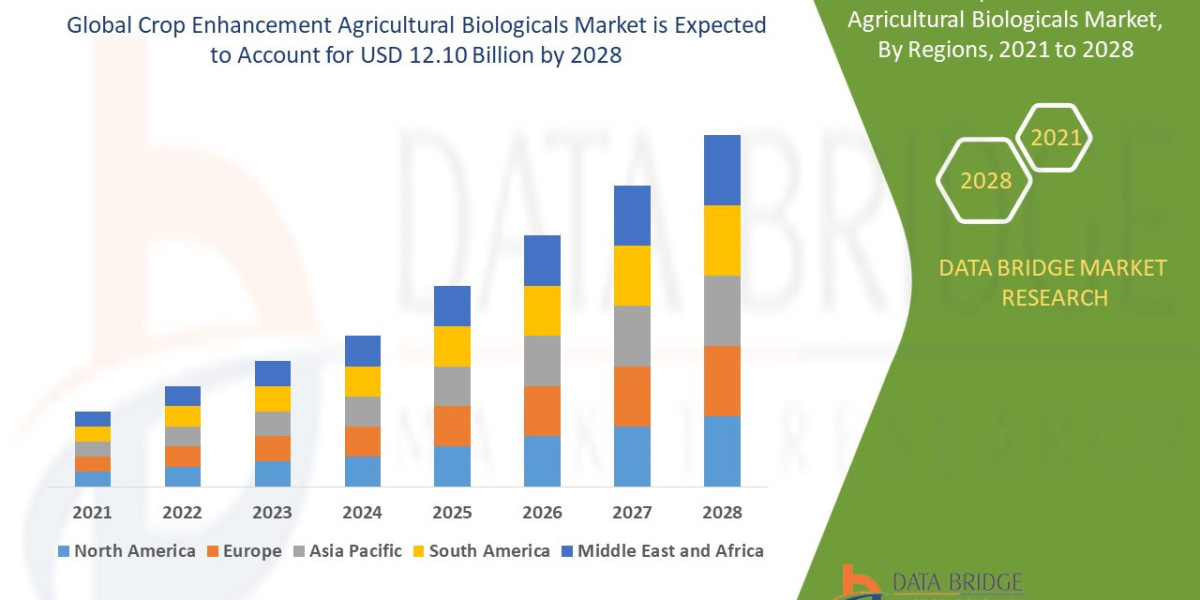Education has entered a transformative phase where technology is no longer just a supporting tool but a driving force in shaping how students learn, teachers teach, and knowledge is assessed. Among these technological advancements, AI grading systems have emerged as a pivotal innovation, allowing educators to save time, enhance accuracy, and provide richer insights into student progress. More importantly, AI grading is increasingly becoming a foundation for personalized learning paths, enabling tailored educational experiences for each student.
The Evolution of Grading with AI
Traditional grading has always been a labor-intensive process for educators, requiring significant time and energy to evaluate each student’s work accurately. While human evaluation offers depth and understanding, it can also be prone to bias, inconsistency, and delays in feedback. This is where AI grading steps in.
Modern AI grading tools can assess a wide range of assignments, from multiple-choice quizzes to complex essays, in a fraction of the time. They not only score the work but also identify patterns, suggest improvements, and point out recurring mistakes. Tools like the essay grader and AI essay checker are already capable of analyzing grammar, structure, coherence, and even the depth of argumentation in student writing.
The co grader approach—where AI works alongside teachers—has proven especially effective. Instead of replacing human judgment, it augments it, ensuring that educators can focus on the more nuanced aspects of teaching, such as providing personalized feedback or mentoring.
How AI Grading Enables Personalized Learning Paths
A personalized learning path is an educational approach tailored to a student’s strengths, weaknesses, learning speed, and interests. For years, creating such paths required an immense amount of manual analysis. AI has completely changed this.
When students submit assignments through an AI-powered grading system, every submission becomes a data point. Over time, these data points form a comprehensive profile of the student’s capabilities. For example:
- If the AI essay checker finds that a student consistently struggles with thesis clarity, the system can recommend targeted writing exercises.
- If the co grader detects frequent errors in punctuation or sentence structure, it can guide the student toward grammar-specific learning modules.
- If the essay grader recognizes advanced analytical skills in a student’s work, it may suggest more challenging reading material to keep them engaged.
This real-time, adaptive feedback loop ensures that learning is not one-size-fits-all. Instead, it’s a constantly evolving journey based on the student’s performance and needs.
The Role of Co Grader Systems in Adaptive Education
The term co grader reflects a collaborative approach between humans and machines. While fully automated grading systems can process work rapidly, there’s always a human layer ensuring quality, context, and fairness.
Here’s how co grader systems enhance personalized learning paths:
- Dual Evaluation
Assignments are first processed by AI for grammar, structure, and clarity. The human educator then reviews AI suggestions and adds context-specific feedback. - Bias Reduction
AI ensures consistent scoring, while human oversight ensures cultural and contextual nuances are respected. - Faster Feedback Cycles
Students no longer have to wait weeks for results. AI processes their work within minutes, and teachers can review and return it much faster. - Performance Tracking Over Time
Co grader platforms store historical grading data, allowing teachers to spot long-term trends and adapt the student’s personalized learning path accordingly.
AI Essay Checker: Beyond Grammar and Spelling
The modern AI essay checker does far more than catch typos or misplaced commas. It can:
- Evaluate argument strength and logical flow.
- Assess citation accuracy and formatting.
- Highlight weak transitions or incoherent ideas.
- Detect plagiarism or accidental paraphrasing.
These features are crucial for creating personalized learning paths because they offer specific, actionable feedback. Instead of just telling students they “need improvement,” the system pinpoints exactly where they need to improve.
For example, if the grading system notices that a student’s arguments are well-researched but poorly organized, their personalized learning path may focus on outlining and structure rather than content gathering.
Benefits of AI Grading in Personalized Learning
The integration of Fast Learner AI grading into personalized learning paths offers several tangible benefits:
1. Time Efficiency for Educators
By automating routine tasks, educators can spend more time engaging with students individually. The essay grader handles mechanical grading, while teachers focus on deeper conceptual instruction.
2. Immediate Feedback for Students
With AI tools like the AI essay checker, feedback is instant. Students can immediately work on improving their assignments while the content is still fresh in their minds.
3. Data-Driven Insights
Every grade, every comment, and every flagged issue becomes part of a larger dataset. Over time, this data can highlight trends in student performance that would be difficult to spot manually.
4. Customization and Flexibility
A student struggling in one area can receive extra support materials, while a student excelling in another can be challenged with advanced assignments.
Challenges and Considerations
While the benefits are clear, AI grading systems are not without challenges:
- Over-Reliance on Automation
If teachers depend entirely on the AI essay grader or co grader without reviewing its output, subtle errors or contextual misinterpretations might slip through. - Bias in AI Models
AI systems learn from historical data, which means they can inherit existing biases if not carefully monitored. - Student Resistance
Some students may initially distrust AI grading, preferring the human touch. Transparency about how AI works and its role in their learning journey can help alleviate concerns. - Cost and Accessibility
High-quality AI grading systems can be expensive, making it essential to find solutions that are accessible to all educational institutions.
The Future of AI Grading and Personalized Learning Paths
The future points toward even deeper integration between AI grading systems and adaptive learning platforms. Here’s what we can expect:
- Real-Time Learning Adjustments
AI won’t just grade work after submission; it will provide real-time suggestions as students write essays, similar to how grammar checkers function but with deeper educational insights. - Gamified Learning Experiences
Personalized learning paths could incorporate rewards, levels, and achievements based on AI grading performance to keep students motivated. - Cross-Disciplinary Recommendations
If a student shows exceptional writing skills in history essays, the AI could suggest literature or debate clubs, enriching their academic experience beyond the classroom. - Holistic Performance Tracking
Future co grader platforms will combine academic grading with emotional intelligence insights, tracking not only academic growth but also student engagement and well-being.
Conclusion
The combination of AI grading and personalized learning paths is revolutionizing education. Tools like the essay grader, co grader, and AI essay checker are not replacing teachers but empowering them to deliver more tailored, effective, and engaging instruction.
By leveraging data-driven insights, adaptive recommendations, and human oversight, this blended approach ensures that students receive the guidance they need to reach their full potential. The ultimate goal is not just better grading but better learning—transforming the classroom into a space where every student’s journey is unique, supported, and continually evolving.
As technology advances, the partnership between AI and educators will only deepen, making personalized learning not a privilege for a few, but a standard for all. And in that future, AI grading will not be just a tool—it will be the backbone of a truly learner-centered education system.



